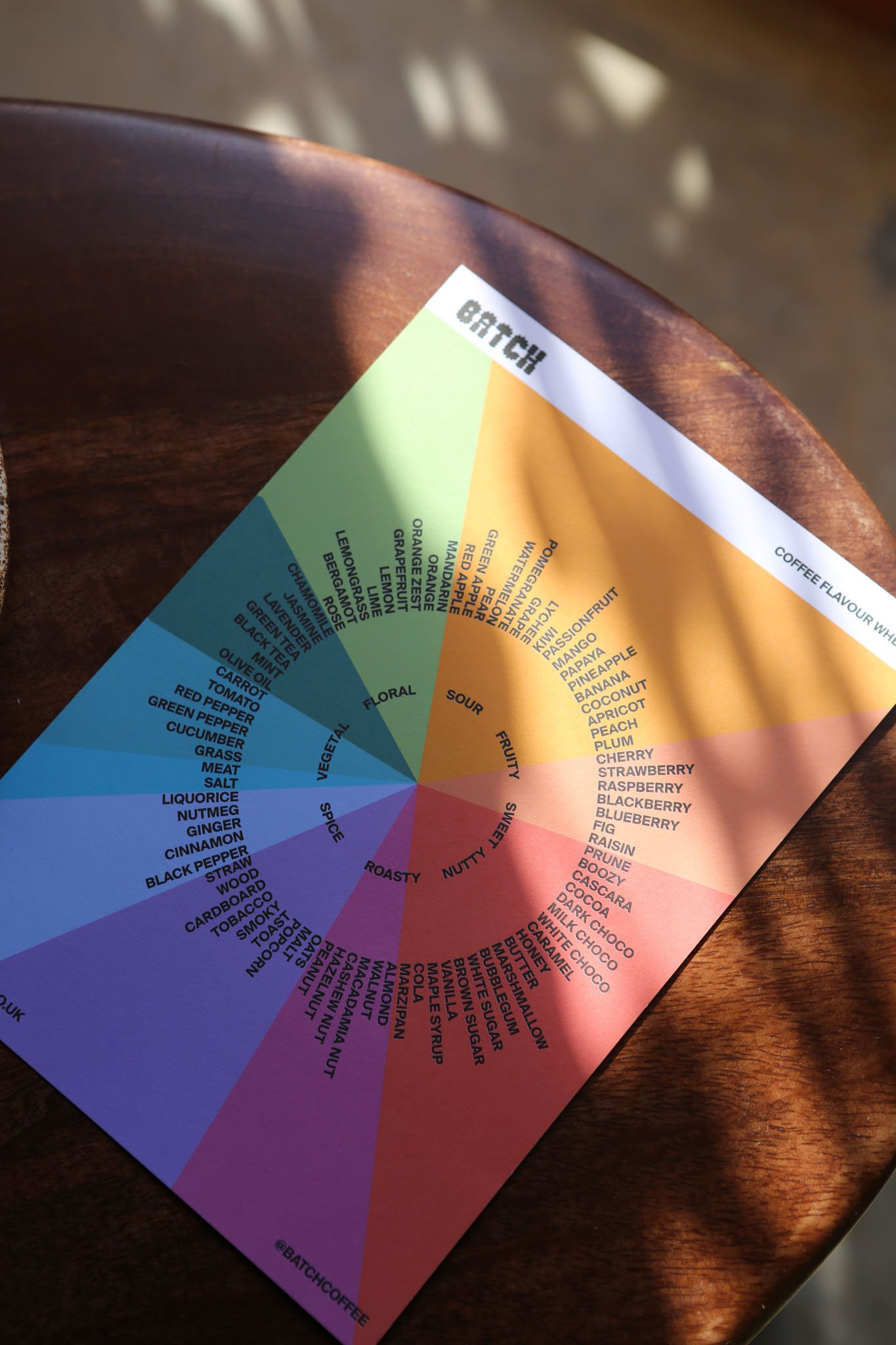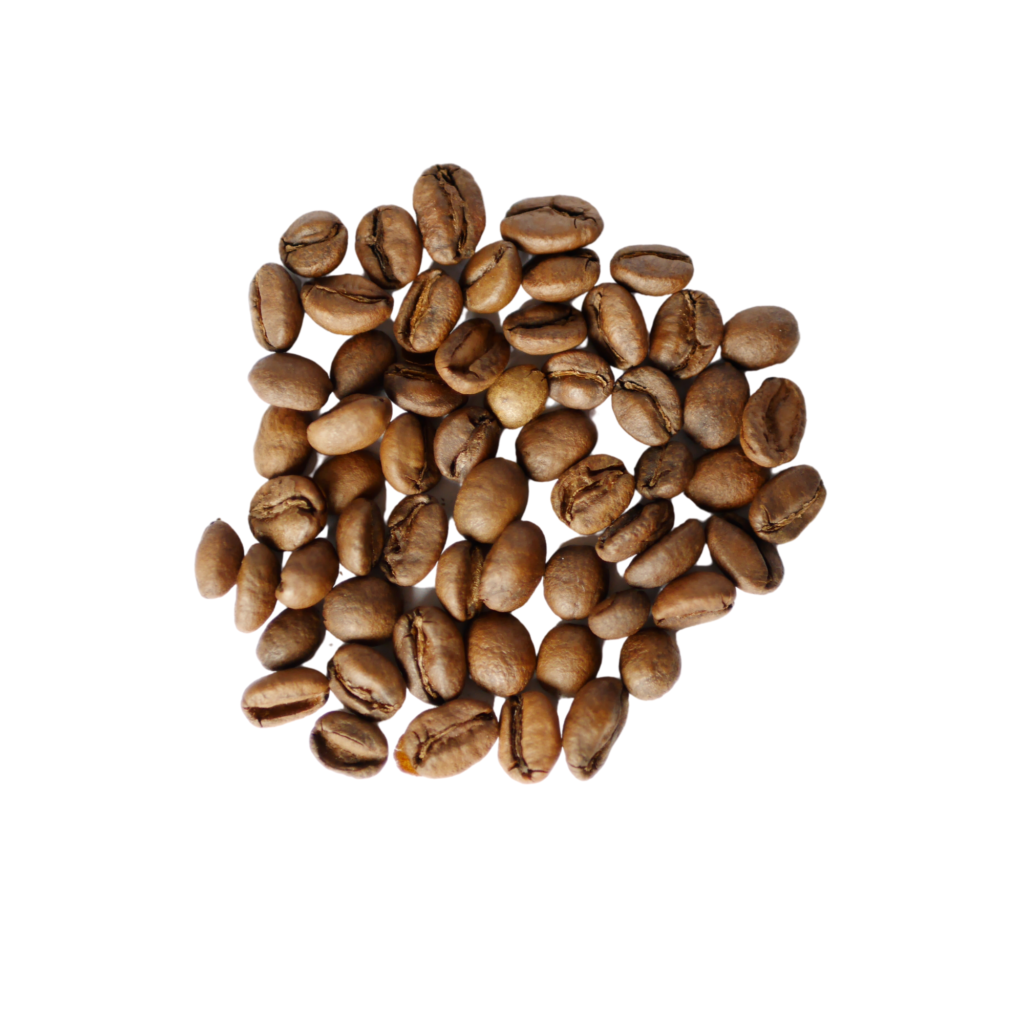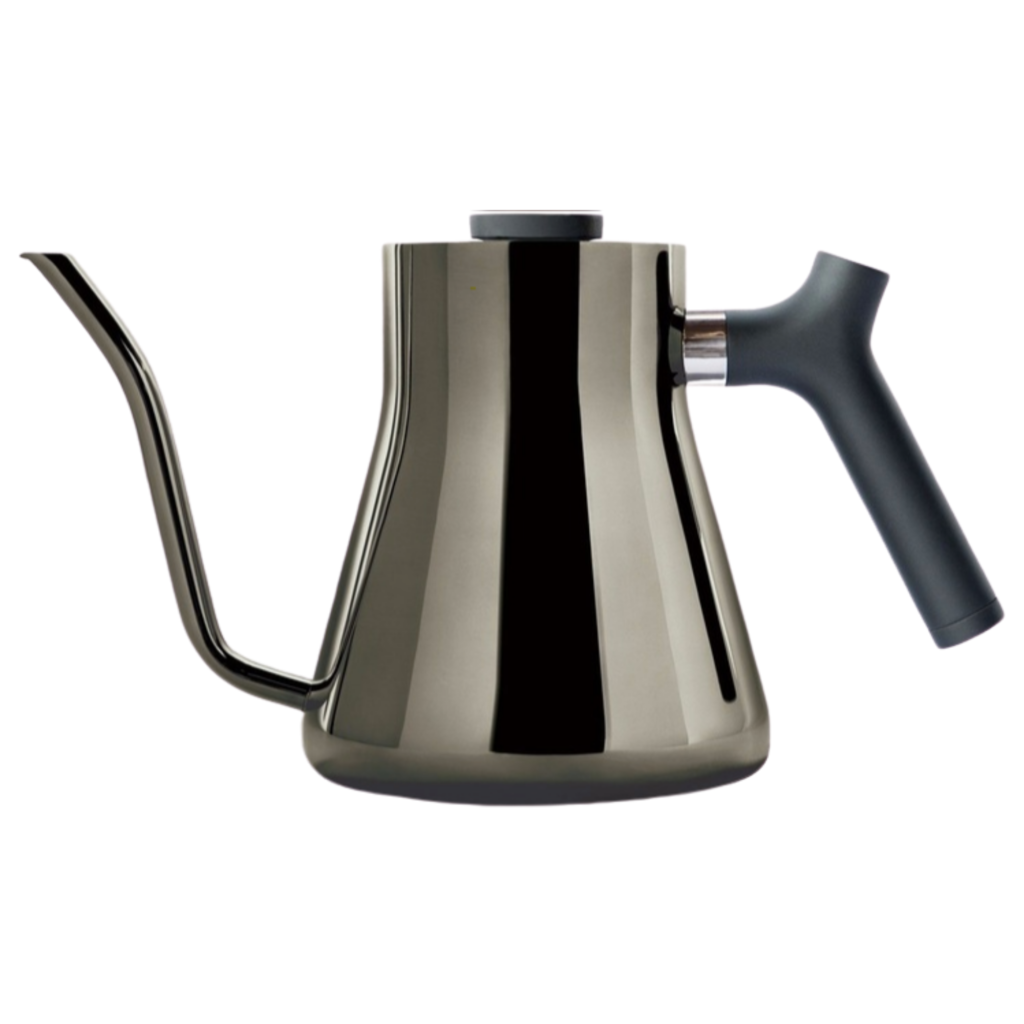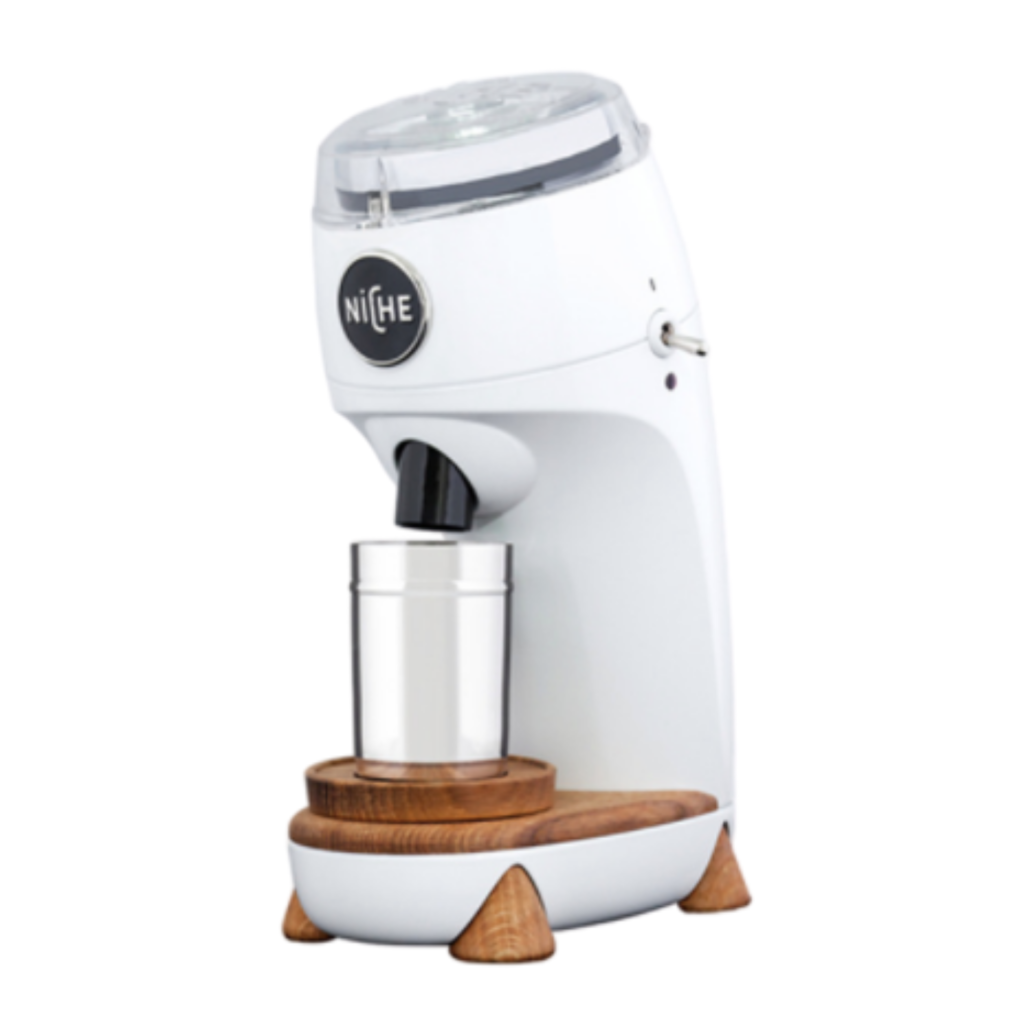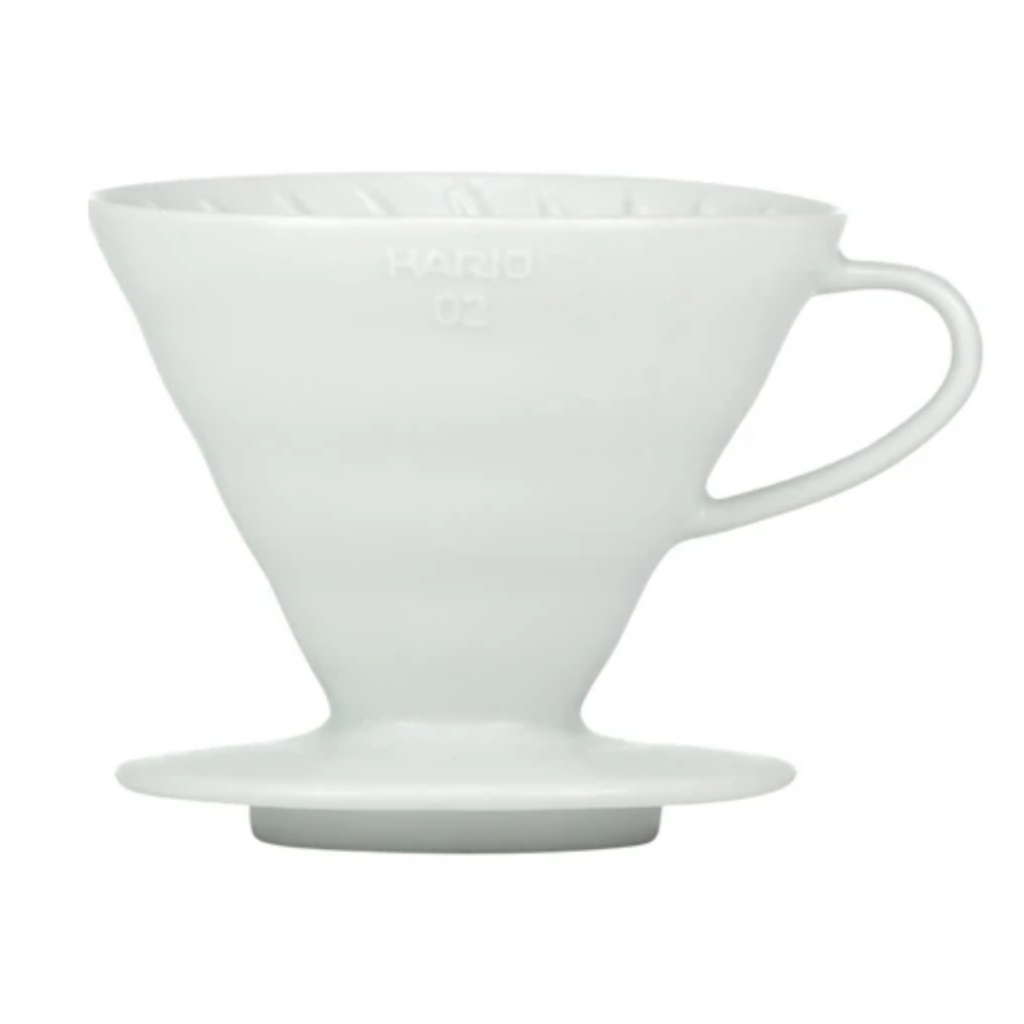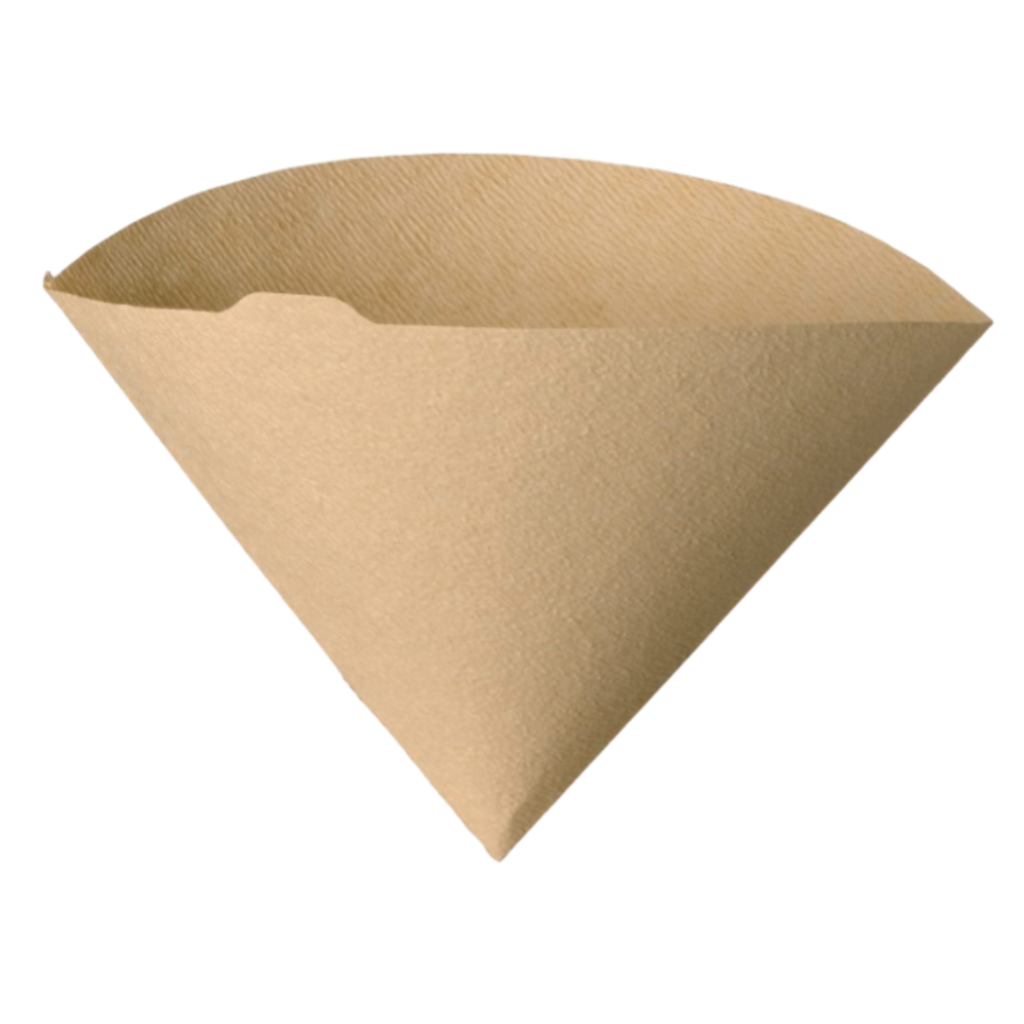How To Make Pour Over Coffee Like a Pro
Pour over coffee was probably the brew method that enticed me into the world of specialty coffee and was the reason why I am so coffee obsessed.
Pour-over brewing creates an exceptionally clean and delicate cup, providing you with full control over the extraction process.
It’s ideal for lighter roasts because the paper filter reduces the amount of oil in the brew, allowing the bright, fruity flavours to shine through.
Commonly spotted in specialty cafes worldwide atop a Hario server, it’s a captivating sight to watch a heavily tattooed barista carefully pour each drop of water from a gooseneck kettle onto the bed of coffee grounds.
How To Make Pour Over Overview
1. Fold Paper
2. Preheat/Wet the filter
3. Grind your coffee
4. Weigh your coffee
5. Create a crater
6. Bloom your coffee
7. Start to brew.
8. Pour and repeat
9. Enjoy
SKIP TO
However, to brew an excellent cup of coffee with a V60, you don’t need a beard or a topknot. All you need is a bit of time, the right equipment (or some makeshift ones), and some delicious coffee.
The term “pour-over” isn’t exclusive to the V60; it also encompasses various coffee filter methods such as the Chemex, Kalita Wave, and Melitta cone.
While brew times and extractions may vary slightly for each pour-over method, the recipe below serves as a starting point that you can adjust to suit your chosen method.
How To Make Pour Over Coffee
Just so you know. When you buy via the links on our blogs, we may earn an affiliate commission at no cost to you. Learn More
What you need
Method
1. Fold your paper
Fold the cone filter along the sealed edge, then fold it again down the middle. Open the filter and place it inside the ceramic V60 pour-over dripper.
This ensures the paper filter sits properly in the dripper.
2. Preheat/Wet the filter
If you are using a pouring kettle (that you don’t heat water in – as in the image), pour a little boiling water into the kettle to preheat.
Use this water to then wet the filter paper and preheat the glass server. It is important to wet the filter paper as this not only pre-heats the ceramic or glass dripper but also eliminates any ‘papery’ taste that can sometimes be tasted when this step is missed.
3. Grind your coffee
While your equipment is heating, it’s time to grind your coffee. All grinders differ numerically in terms of grind size. You want to be aiming somewhere between a stovetop and a cafetiere grind.
To touch, it should be medium grind and the consistency of freshly ground pepper. As we talk about in our other guides, it is hard to describe a pour over grind size when there is no standardised system.
If you stick to the recipe and the extraction is too quick, adjust your grind finer for your next brew and if it’s too slow make it coarser.
4. Weigh your coffee
If you stick tPour away the water in your server and pour over kettle and refill the kettle with boiling water. You’re aiming for around 90-94℃ – If you’re pouring straight from your electric kettle leave it around 30 seconds after it has boiled.
Place your V60 and server on the scales and tare. Now measure out 18 grams of coffee and tare the scales again.℃o the recipe and the extraction is too quick, adjust your grind finer for your next brew and if it’s too slow make it coarser.
5. Create a crater
With a small spoon create a crater in the middle of the ground coffee. This helps all of the coffee get soaked in the next step.
6. Bloom your coffee
Start the timer and it’s ready to pour.
Carefully pour out 30 grams of water onto the grounds trying to wet all of the coffee. With a spoon gently agitate, making sure all the coffee is soaking.
This is called blooming the coffee and is an important step in creating a rounder, more full flavoured cup by helping the CO2 that built up during roasting escape. You can see this happening when the coffee grounds bubble.
7. Start to brew.
After 30 seconds, pour over 70 more grams of water onto the grounds by using a circular motion.
This should in effect create a vortex in the cone which will produce a more even extraction. You will be able to see at this point whether you have ground the coffee to the right coarseness.
8. Pour and repeat
As the timer hits 1 minute, start to pour over again, this time only 50 grams of water in the same circular manner. Repeat the process of pouring 50g of water every 30 seconds until you hit 2 minutes 30 seconds and have poured 300 grams.
If there appears to be a lot of coffee still brewing in the pour over dripper you can use a spoon to stir or gently rotate the dripper like you would swirl the ice cubes in your scotch on the rocks. The slow extraction may have happened for a number of reasons, a couple of examples could be the grind is too fine, the water isn’t hot enough or the coffee hasn’t been rested long enough after it has been roasted.
There are many variables to think about when brewing a pour over coffee, however if you try to keep as many as you can constant and adjust only one at a time you can fine-tune your brew much quicker.
At 3 minutes all of the coffee should have been extracted and you should be left with a flatbed of coffee grounds.
9. Enjoy
Congratulations you have made yourself a delicious V60 pour-over. Throw the coffee grounds and filter paper on the compost pile and go and get your best ceramic cup or glass and enjoy with a french pastry of your choice.
What is the ratio for pour over coffee?
The ratio of coffee to water is 1:16.
This ratio can change though depending on the type of coffee, the taste preference of the consumer, the type of filter used or the particular pour over coffee recipe.
By slightly tweaking the coffee to water ratio of pour over coffee you can completely alter the taste, for example if you feel the particular coffee you are drinking isn’t extratcing all of its flavours when brewed with this ratio, yuo may want to make the grind size slightly finer and the brew ratio may also be altered depending on the results.
Some people also like the taste of a more bitter or sour flavour profile so may opt for a brew ratio of 1:14 or 1:18 for example.
How much coffee do I use in a pour over?
Depending on the size of the pour over and the amount of coffee you wish to brew. Here are our recommendations:
- 8oz (230ml) serving: 14g coffee
- 10oz (290ml) serving: 18g coffee
- 12oz (350ml) serving: 22g coffee
- 20oz (580ml) serving: 36g coffee
What is the difference between pour over and drip coffee?
Pour over coffee is generally referred to as a manual coffee brew method whereas drip coffee is a machine that automatically pours coffee over the grounds.
The result for both is a cup of filter coffee that has been typically filtered through paper but sometimes mesh or cloth.
The differences lie in the quality of the extraction. Pour over coffee is usually brewed in a completely controlled environment. The temperature is measured and various volumes of water are poured over the coffee grounds at certain intervals. The way that water is poured is also consistent where a gooseneck kettle is used to deliver a slow and consistent flow of brew water.
Drip coffee on the other hand can be quite the opposite, overheated water is sprayed over the grounds inconsistently. This can lead to an over or under extracted coffee. Of course, there are many great models of drip coffee makers that have been designed to imitate a manual pour over. See also our thoughts on filter vs cafetiere coffee.
Why does my pour over taste bitter?
When coffee tastes bitter it is because the coffee has been over-extracted, this happens when the water is in contact with the coffee for too long. The more surface area of the coffee the slower it extracts so if it tastes bitter grind your coffee slightly coarser. Make sure you are also using the best coffee for pour over, at Batch we only showcase the very best in the UK in our monthly coffee subscription.
Find the best manual coffee grinder for pour over here.
What are the different types of pour over?
The first pour over was invented in the early 20th century by the German Entrepreneur Mellita Bentz when he poked holes into blotting paper. Since then pour overs have evolved into many different designs, some with flat bottom filters while others with cones. The inside of the dripper also changes depending on the brand with some incorporating contours which help the flow of the extracted coffee. Pour overs are also made of different materials like stainless steel, ceramics, plastic and glass, each having pros and cons, find the best pour over coffee makers here. Electric filter coffee makers will also brew delicious coffee with slightly less control.
What is the best pour over method?
Pour over methods are all about preference. Chemex, V60 and Melitta are leading the way in the speciality coffee scene, each offering a slightly different brew and filter paper but all creating a delicious and crisp coffee.
Can I skip the bloom and just pour all the water at once?
You technically could, but you really shouldn’t if you want to get the most out of your coffee. Think of blooming as stretching before a run – you might manage without it, but you’re not setting yourself up for success.
When you skip the bloom, the trapped carbon dioxide in freshly roasted coffee fights against the water during extraction, making it harder for the water to properly extract all those delicious flavours you’ve paid good money for. The CO2 causes uneven extraction – some grounds get over-extracted (hello bitterness) whilst others barely get touched (sour notes, anyone?).
The bloom only takes 30 seconds, and it makes a world of difference to the clarity, sweetness and overall balance of your cup. Those bubbles you see during blooming? That’s the CO2 escaping, and it’s preparing your coffee grounds for an even extraction. Trust me, those extra 30 seconds are absolutely worth it for a properly rounded cup.
Do I really need a gooseneck kettle, or can I use my regular kettle?
Here’s the honest truth: you can absolutely make a good pour over with a regular kettle, but a gooseneck kettle makes the whole process significantly easier and more consistent.
The long, curved spout of a gooseneck kettle gives you precise control over how fast you pour and exactly where the water goes. With a regular kettle, you’re basically throwing water everywhere and hoping for the best – it’s like trying to paint a detailed picture with a house-painting roller instead of a proper brush.
The gooseneck design allows you to maintain a steady, controlled pour whether you’re barely tilting the kettle for a gentle trickle or going full tilt for maximum flow. This control is crucial for evenly saturating all the coffee grounds, which leads to balanced extraction and better-tasting coffee.
That said, if you’re just starting out with pour over and aren’t ready to invest yet, don’t let the lack of a gooseneck kettle stop you. You can make a great cup without one – the gooseneck is more of a luxury item that helps with consistency and ease. Just pour slowly and carefully with whatever kettle you have, and when you’re ready to level up your brewing game, a gooseneck kettle will be a brilliant addition to your kit.

